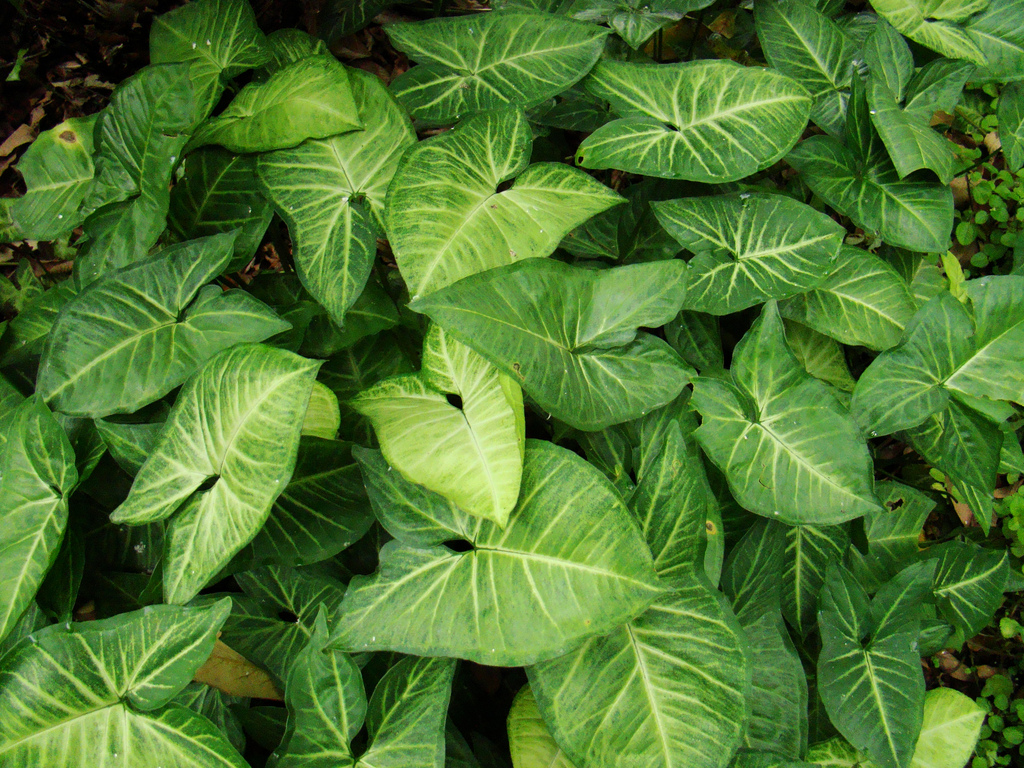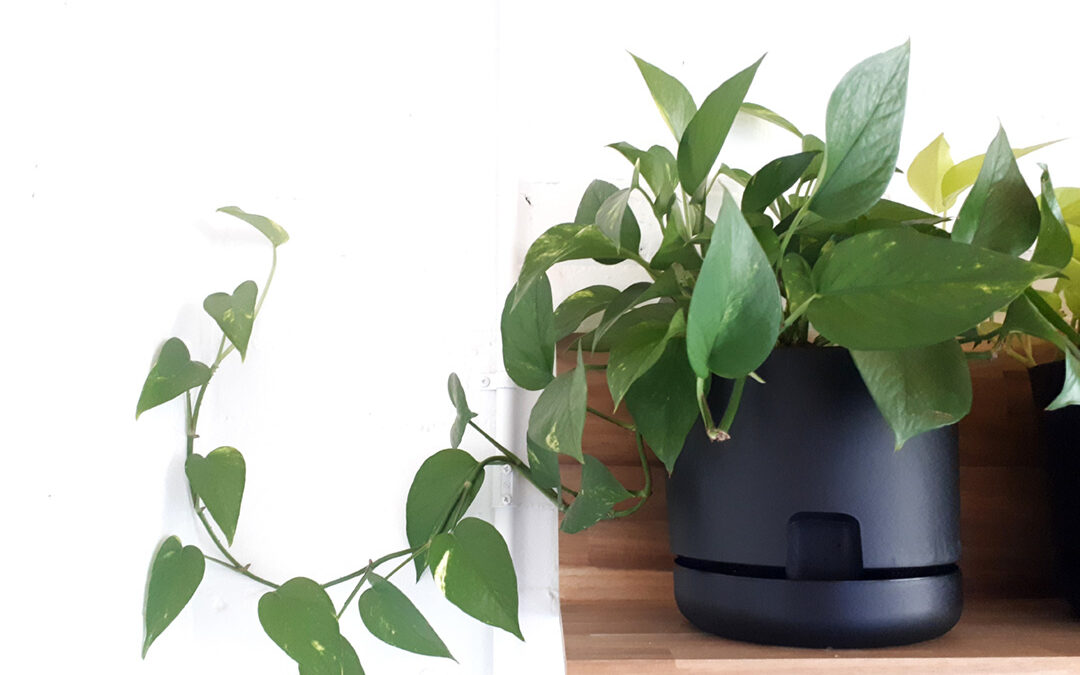Happy New Year! Happy New Plant!
Have you recently joined the plant parent club? Maybe as a way to lift spirits in the cold dark months, it seems many people add greenery to their environment. Perhaps its a new plant (or two, or three!) for the new home office.
We thought we could help with a few tips to get that new addition to the family adjusted to its new living conditions.
Choose the right plant.
The absolute key to getting a new plant to thrive is to start with choosing the right plant. Do a bit of research first! Decide where you would like to have the new plant and then try to determine how much light it will receive. Is is going directly in a window? Close to a west or south window would be considered high light. Directly in front of a north or east window would be considered medium light. Keep in mind that blinds or tinting on the window will drastically cut the amount of light. Placing the plant 10 feet back from a window also significantly reduces how much light reaches the plant.
Do you want a large plant or a small table-top plant? Remember, the larger the plant, the more light it requires.
Try to keep the plant in the same location. If you purchase a plant for a west window, do not expect it to thrive if you move it to a different area with less light. Ideally, measure the light you have with a light meter. There are several good apps available that are reasonably accurate. Take some measurements at various times of the day. In the winter, the days are shorter, so less light for the plants. Once you have this info, search horticultural sites for options for high, medium and low light plants. These sites will often give you the lumens or foot candles of light that each plant requires.
Alternatively, visit a reputable tropical plant distributor and ask for suitable suggestions. The more information you are able to give the staff about your lighting conditions, the more likely they will be able to suggest suitable plants. Keep in mind that when you see that a plant is labeled ‘suitable for low light’, this does not mean no light! All plants require some light, and most require at least a few hours of natural light. Small plants may live under just fluorescent or LED lights, but will not likely last very long.
Getting the plant adjusted.
OK, so you have the perfect new plant at home. How do you get it to adjust to its new living conditions? Tropical plants are native to the tropics where there is plenty of light and humidity. Plants will adjust to less light and humidity. The first few weeks are the most important and the most difficult. The next key element is the watering. Again, do some research. Make sure you know the name of the plant you have purchased, and then look up how wet or dry it likes to be kept. New plants will not take up much water at first. Be very careful not to overwater! Better to err on the side of being a bit dry for the first little while. Check the feel of the soil every couple of days. Most plants like to dry out a bit, then be watered until just moist. Try a planter with a sub-irrigation system if possible. If not, consider bottom watering the plant. Set it in a tray, and add water to the tray only. Only add water if the top inch or so of soil feels dry to the touch.
Caring for the new plant
Clean the leaves regularly to remove any pests. Inspect the leaves often. Look for brown or black spots that may indicate over or under watering. Yellow leaves can be a sign of either, so check the soil! How often you water your new plant depends on many factors. Small plants in small pots with very little soil may dry out quickly. How humid is your home? In the winter with the heating system on, the humidity will be very low and plants can dry out quickly. Consider adding a small humidifier near the plant. This is good for you too! If we have a week with very little sunshine, the plant may not need as much water. There is no firm rule for watering plants. Become comfortable with feeling the soil before you water.
New plants usually come with slow-release fertilizer in the soil. This is typically enough for for about a year. After a year, plants should be fertilized regularly. Purchase plant food for indoor tropical plants and follow the manufacturer’s instructions. If you fertilize too often or use too much, the roots will burn and the plant will not thrive.
Keep an eye out for pests on the plants. Check some of our previous blogs for pest identification and treatment.
Enjoy your new plant!!!

